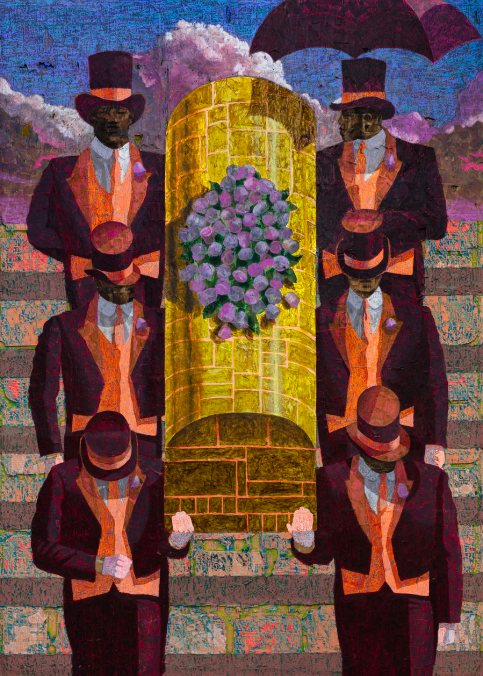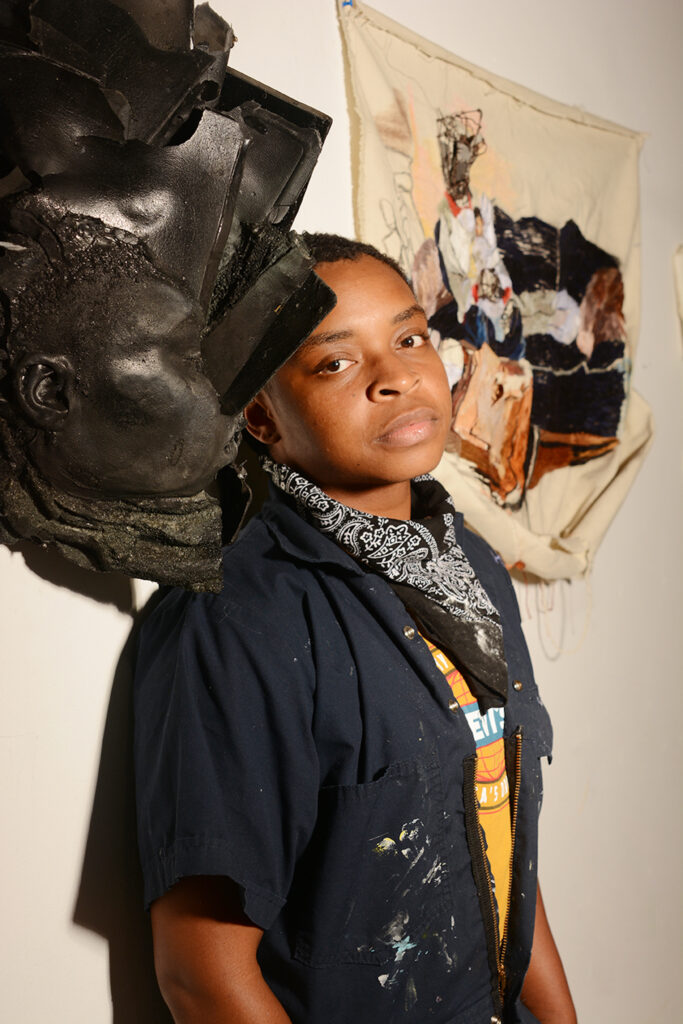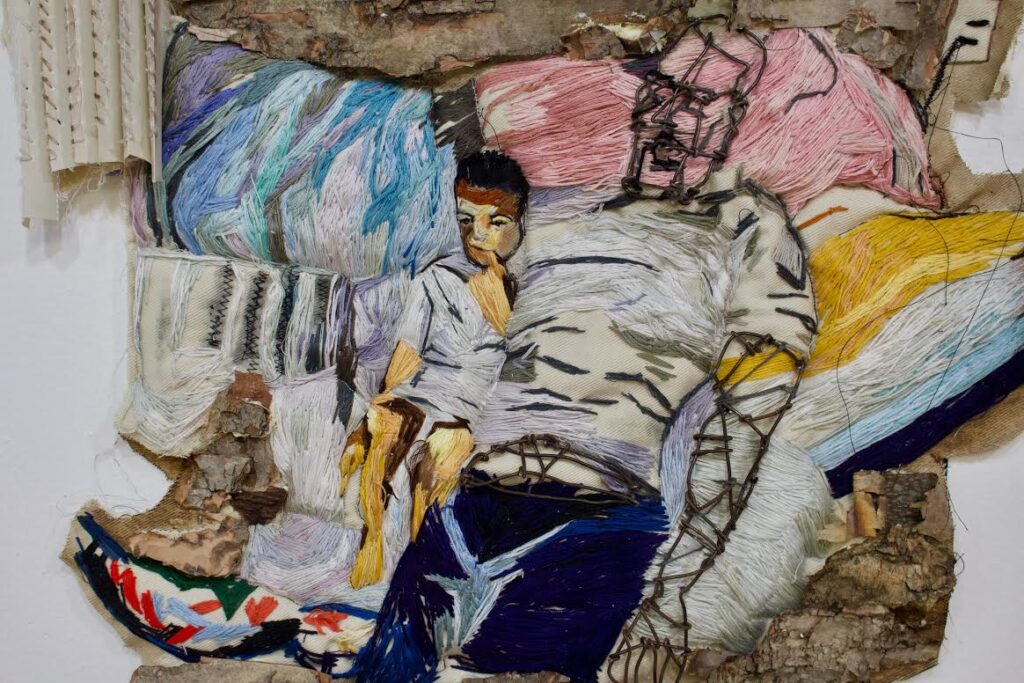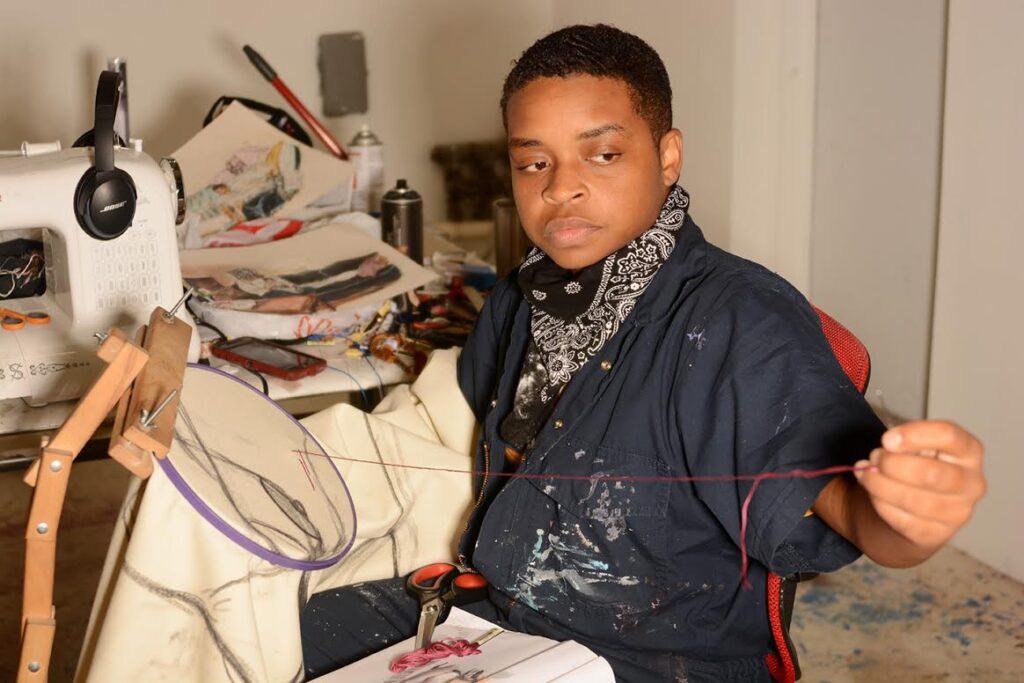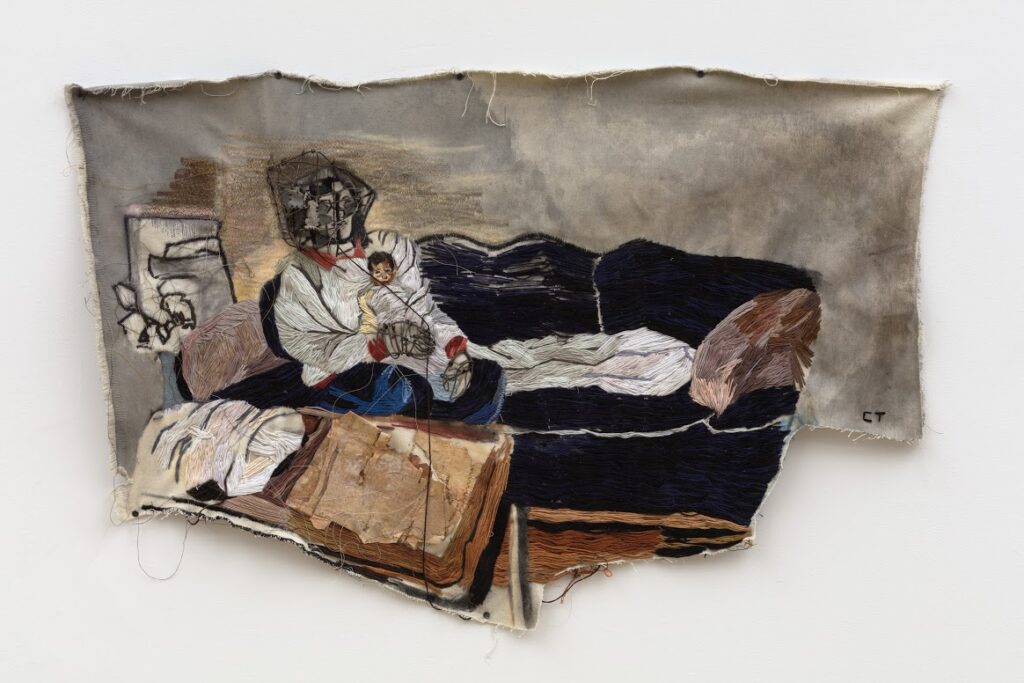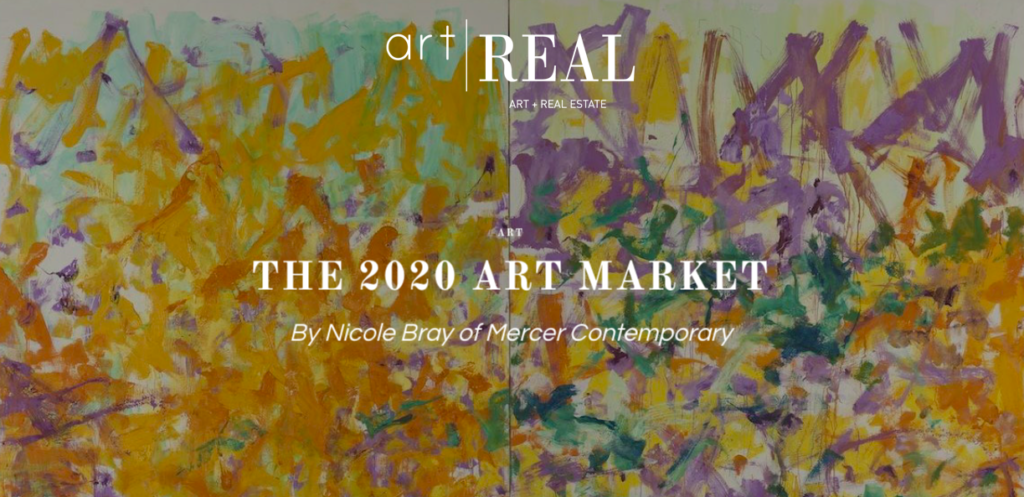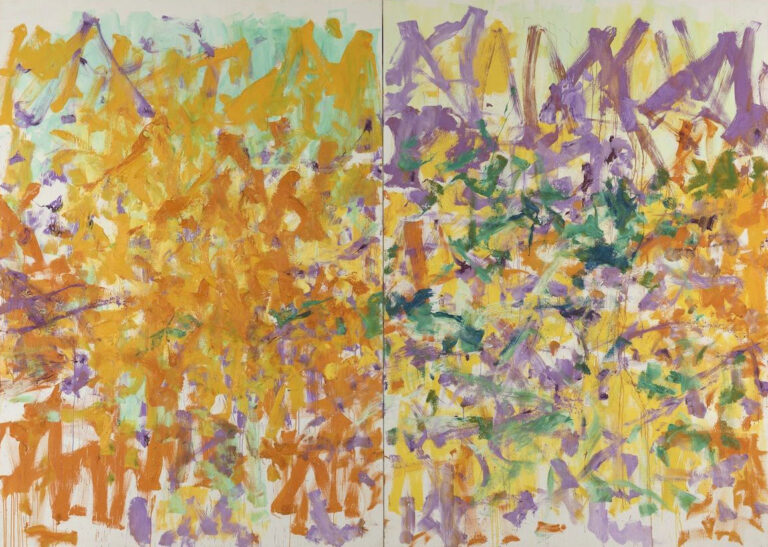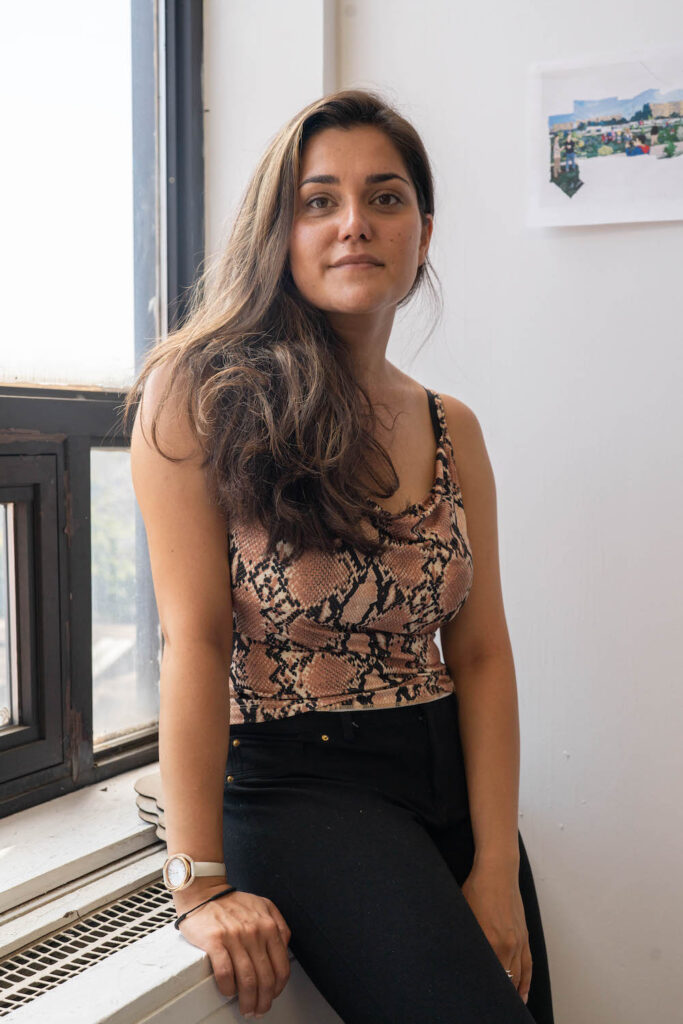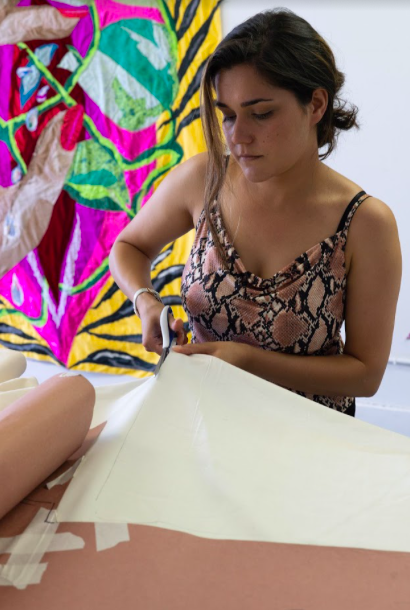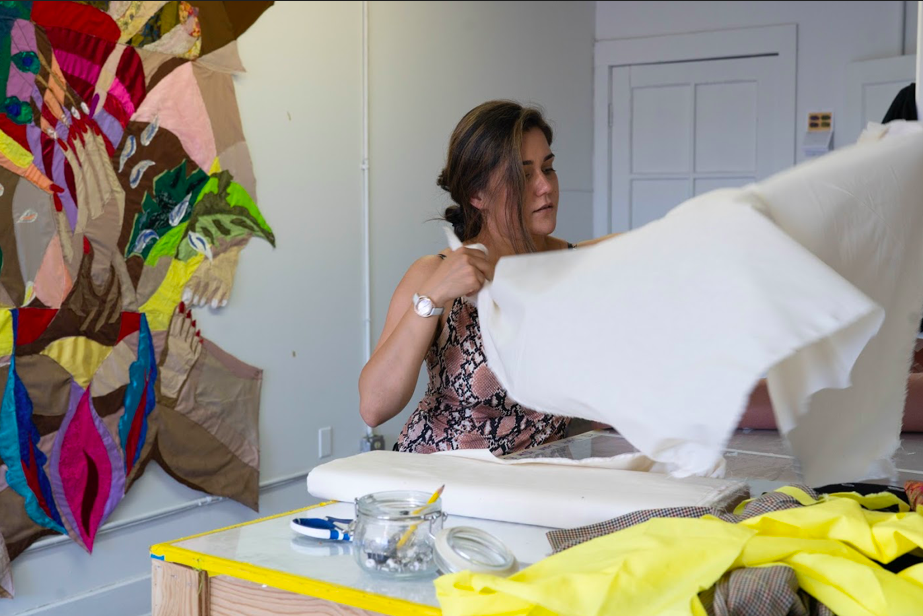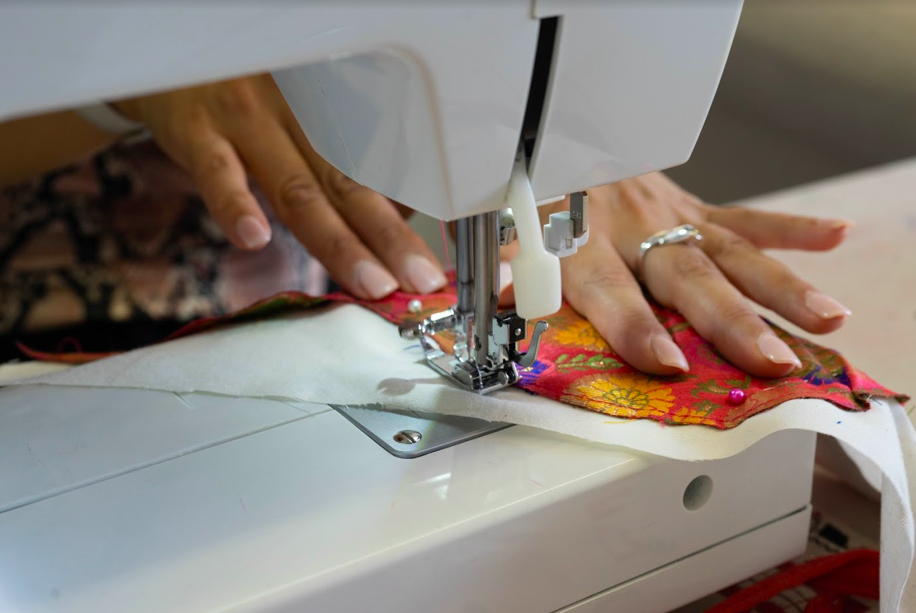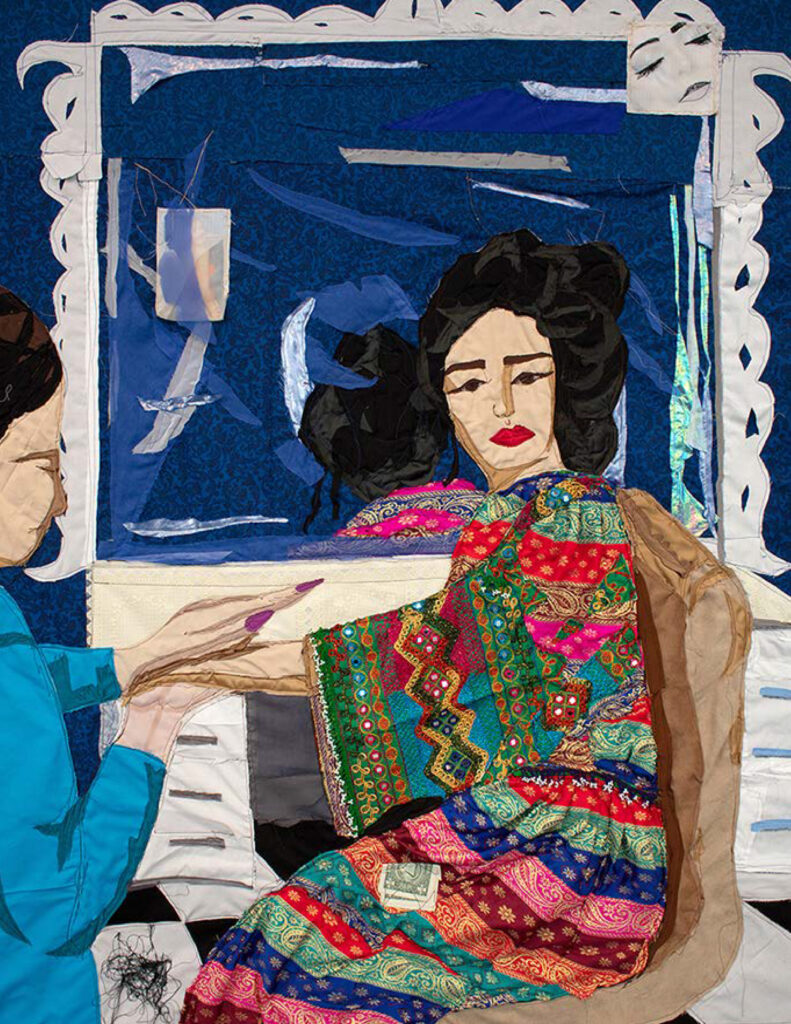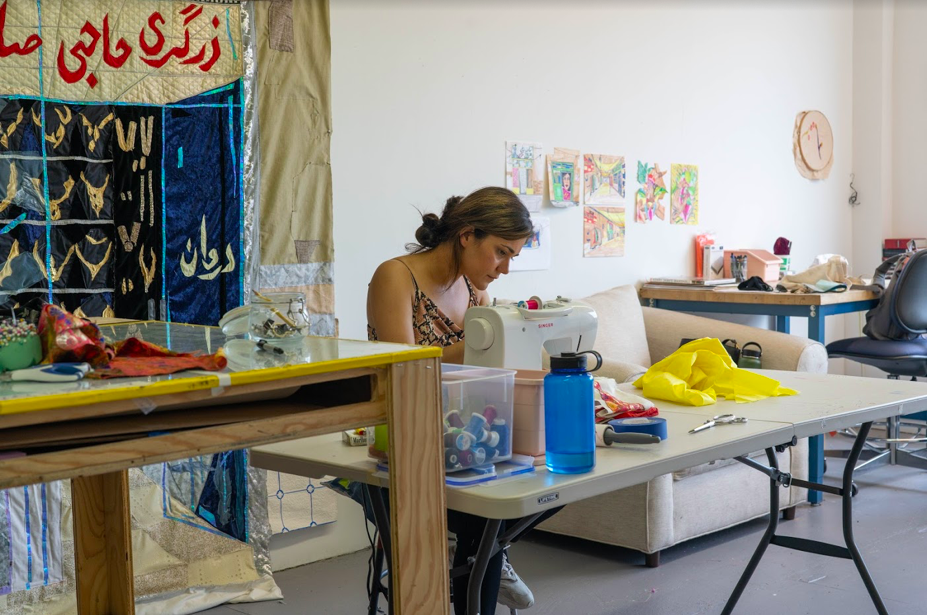An Interview With Kathy Battista and Bryan Faller
NB: What are creative legacies and why is this field of expertise so important to study?
KB: A creative legacy is the sum total of what is left behind in any creative practitioner’s life and career. Most people think about work. Like when Rothko died, you think of all of the paintings that are left. It’s much more than just work, it’s things like an archive. So perhaps receipts, which tell us what kind of paints he bouhth would help with restoration. Or receipts that tell us who his framer was or who built the stretchers. This also includes letters from people. Bryan and I have worked with an artist for example who was quite close with Calder, but he’s much less known. So, letters between him and Calder or experiences like an oral history recorded with his children detailing Calder’s influence on him is part of understanding that artists’ work. It’s also things like real estate and money. Those things are also part of creative legacies because you have the tier of successful artists where they have more than one or more houses or apartments but then also some unsuccessful artists who were able to obtain real estate in the 70s when Soho was super cheap and now that’s worth a lot of money. They were able to sustain a radical art practice without having to be an A list artist, but that’s still left behind as part of their legacy. So all of these things have to be worked out, it’s not just the art. The legacy lives on in their family and in their studio assistants or managers that have a wealth of expertise in their own bodies and minds.

BF: I started working with artists and their estates and families 10 years ago. I was supporting Douglas Baxter in his office. We were working with Judd and Sol Lewitt. I had the privilege of learning with that level of studio practice. These were wealthier artists, wealthier estates. These are artists who have collections of other A list artists. When you’re dealing with significant artists critically and commercially, you can do a lot more. Like Nicole, your experience with Rauschenberg. You can do so many more things with money. You can have internships, you can have foundations, you can have separate businesses within the estate and foundation. The creative legacy is really about what we do with the resources that are left. The idea is to do this before the artist is dead. It’s a two-parter. This is a conversation the artist starts before their death, which continues after they die. It’s about the artist’s intentions. Really, it’s economic. How do we manage the remaining assets of this artist? Whether they are art assets, the body of work, the archive materials, or critical dialogue surrounding the artists. That’s the job of the gallerist. Who’s seeing this work, who’s working on this retrospective? Are we talking to MOMA? The Whitney? The Guggenheim? Pompidou? There’s a critical conversation that’s economic, and there’s an economic conversation that has nothing to do with the body of the estate. There’s two parts of an artist’s estate–the creative estate and the “stuff” left from a life that everyone has. They’re kept a bit separate, but at the end of the day the artist’s studio still has to deal with the body of work.
KB: What Bryan said about their own collection was very interesting because some artit’s also have collections of other artist’s work. It’s interesting to go into someone’s flat files and find a Robert Smithson drawing or a Peter Beard written on in a pile of papers in their desk drawers. Those are the kinds of discoveries that you make because artists are friends and swapping with other artists.
BF: You really start to see the influence then. This was another area of research that came out of this. You start to see studio practice being influenced by various elements other than strict art and art history. What are their gallerist friends saying to them? What are the other artists saying to them? What are their collector friends saying to them? How is all of this feedback coming in and re-influencing what they’re making? Sometimes they chose the color blue not because of something esoteric or ephemeral but because blue sells. You don’t know until you read a note someone wrote that this was a commercial choice that they made. Which is fine, it is what it is, but you have to know.

NB: I do feel like this field has been a relatively new point of interest for the art world. The realization that there needs to be more academic study and dedicated professionals to this area has developed mostly by seeing travesties with artists’ estates. The realization that there needed to be more structure and rigor to this portion of an artist’s life and beyond. There is such a lack of academic writing in this field. Where was the genesis of the book? What kind of gaps were you looking to fill?
BF: I was teaching at Sotheby’s and Kathy asked me to lecture with her in the Estates class. We were looking for readings and couldn’t find anything. I said kiddingly, we should write a book. Kathy turns to me, dead serious, “Darling, we have to do this”. I’m sitting there thinking we’re just pontificating, but it really started materializing.
KB: We were at my corner office at Sotheby’s. We knew Loretta Wuürtenberger’s book was coming out because Carl von Trot had gone to Sotheby’s, and we were in touch with him still. We were waiting for it to come out for the class. We thought of doing our own book. We proposed one to Lund Humphries since it has a relationship with Sotheby’s institute. They were keen on it. The timing was also good because the editor Lucy Meyers, who’s wonderful, was coming to New York two weeks later to talk about a possible book. It was very organic.
BF: It happened very quickly.
NB: Was the intention always to have contributors? What drove your thinking around the format of the book?
KB: It was the fact that we thought we could get different and disparate points of view like legal, archival, or curatorial from getting different people involved. For example, Bryan had the idea to get Alexandra Bowes-Lyon to write about English country-houses and the art in them which was fascinating because that whole structure changed so much in the 20th century. My knowledge was limited to Downton Abbey. We had a person whose family actually lived through it and knew it. That was great.
Then, you know, someone like Natalie Khan, who’s dealing with this quite a lot in fashion. She’s researching people like Leigh Bowery. The idea for us in getting different disciplines was that although there’s no one size fits all even for artists, you can make some structure, there’s something every estate should do, but each one is so unique. You can’t just take a blueprint and put any artist’s estate into it. There are always curveballs. What we thought too is, wow, this is so similar to a film director, architect, fashion designer, or jewelry designer’s estate. There are archives, the works, the oral history handed down in ateliers. We thought it would be interesting to extend the discussion to other disciplines. All of the books on estates so far have been focused on the visual arts.
BF: For me, a few things stood out. Just nuances. The contributor list changed. There’s a difference between practitioners and academics. It’s a different approach to what’s being discussed. That’s what we wanted. We wanted people with granular knowledge who were in the trenches and people who necessarily weren’t but had studied this. They were granular on a different level. Some contributors had to fall out because they didn’t know how to discuss it because it’s such a nascent thing. There isn’t a field of creative legacy practitioners. It’s people who deal with art in different capacities. I think a lot of people are dealing with creative legacies in their own ways. You don’t go to school to do this. You fall into it. Artists say “Hey, can you help me put together an estate plan.” Or “Hey, can you help me liquidate or sell or find a gallery.” Robin Wright, a jewelry specialist who’s a friend of mine at the auction house, was keen to write something with us. She gave us an image from Verdura, the jewelry house. Even Verdura was buying back pieces into their own collection. the image she chose was a work they had bought back into their own collection. It was an early broach. It was fascinating because the clearance sheet I received was signed by a member of the Vedura family. It was ironic because here we are talking about creative legacies and here we have a major jewelry house using this essay as a way of managing their creative legacy. This is a minor thing in how they view their estate, but it was still part of it. They’re artisans, but they’re not conceptual painters or performance artists. You can see the threads to Kathy’s points in the similarities between the modalities. What’s staggering is how different each situation is.
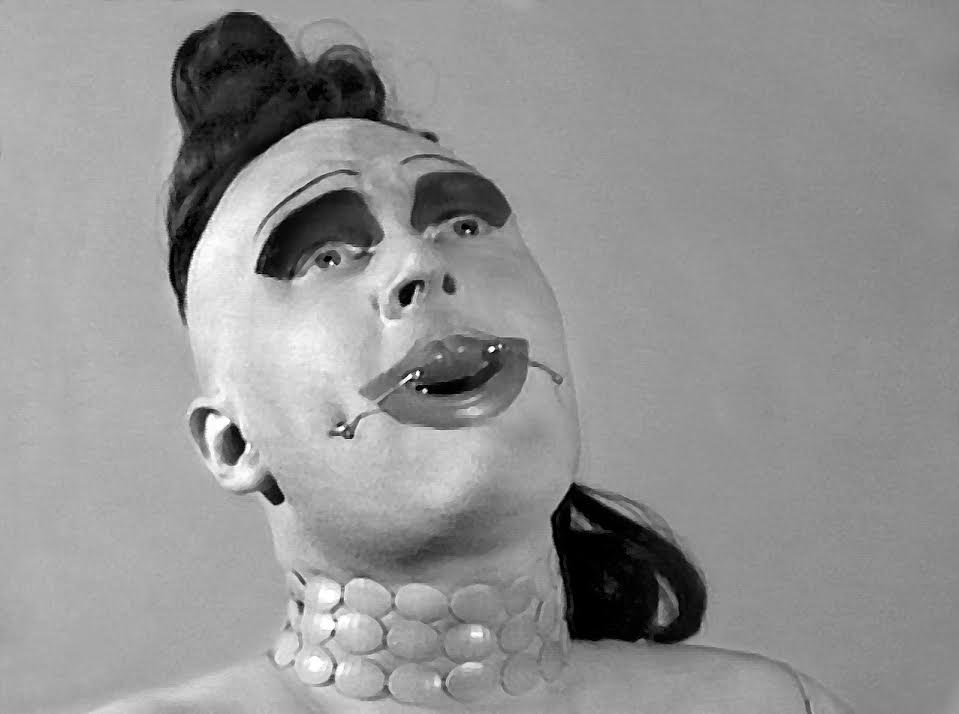
NB: I find it really fascinating when you see how the fashion houses or couture houses take their iconic pieces back into the archives. They realize how incredibly important it is to build up and document that archive through the years. For artists, they go into museums, but outside of the visual arts, where do those iconic pieces live? They can’t be in grandma’s dresser. To bring them back into the ateliers is a way of preserving their own history. Do you see this book as an intellectual resource or a handbook or something else?
KB: We were adamant that we didn’t want to make a handbook. First of all, the Würtenburger book is good at taking you through the different things that need to be done and giving you a time estimate on it. There’s also a book by an artist widow that is sort of like a handbook. Then there is the Handbook For Artist’s Estates that is kind of old now. We didn’t want to do a handbook. We wanted to do something where people could have more freedom to talk about intellectual problems or issues that come up. Like where Mark Morris talks about architectural models and how they are so useful for pedagogical reasons, or the way Tom McNulty writes about appraising libraries or archives. We wanted to give people leeway to write on what they found interesting about legacies. Everyone has their own personal experience with it. Ann-Marie Richard had amazing experiences with celebrity estates, a lot of it that she’s not allowed to talk about. As a footnote to this, it was very interesting to see how estates and foundations are careful about how people write and talk about the work. It is an increasing trend that they want to see everything that’s written by a scholar.
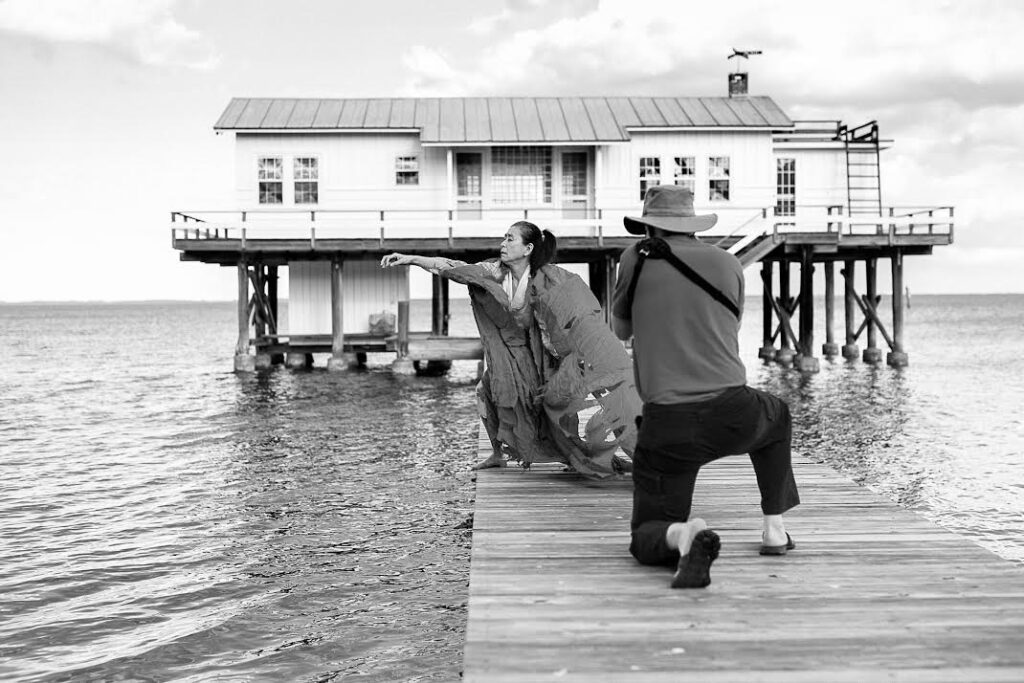
BF: Just the process really taught us a lot about what people are willing to say, what they are not willing to say, which in some cases is understandable. People are just so unsure about how things are going to affect their artist or estate.
NB: How do you see the field of legacy planning expanding into the future?
BF: We talked about this a bit with Loretta Würtenburger when we interviewed her two or three years ago. We were at Art Basel and we happened to meet up. It was serendipitous. There are a lot more students too who are saying that they want to be a legacy planner. I didn’t know that was a thing. I’m like, yeah, you need to go to law school. Or you need to get into investment, which has nothing to do with art and artists’ legacies but then you can work with that. It was interesting just to hear where people are coming from. I think there should be an educational opportunity for a certificate that guides you through the issues at hand. At the end of the day, if you’re an artist’s legacy practitioner, you need to be the quarterback. Or studio manager. You need to come in and be the person who is taking everything into account. Managing the financial advisor, the lawyer, the studio, the family.
NB: And you’re applying the art world knowledge and practices across all of them.
KB: I think what we’re seeing now are more agencies developing to deal with artist’s estates. I think we saw this with Sotheby’s when they went into this. It’s such a boutique industry. Each estate takes so much work and so much finesse, it’s almost better for independent practitioners. For the people who are artists and artist’s families to see the role of the artist advisor to shepherd estates too. It’s very hard to take on ten estates for any company. I think most of these places have a few artists that they maintain very well. I think Sotheby’s plan was to have 12 artists at a time. I think it’s unbelievable how much finessing there is with each estate.
BF: At the end of the day, these are really emotional situations. Whether we’re selling works from a private collection or creating an estate plan, you have intimate knowledge of people’s lives.
NB: It’s not always the conversation that people want to have prior to their death. It’s a difficult topic for an individual and their family members to have to face.
BF: Especially artists. Artists want to live forever, and in a way, their work will.

